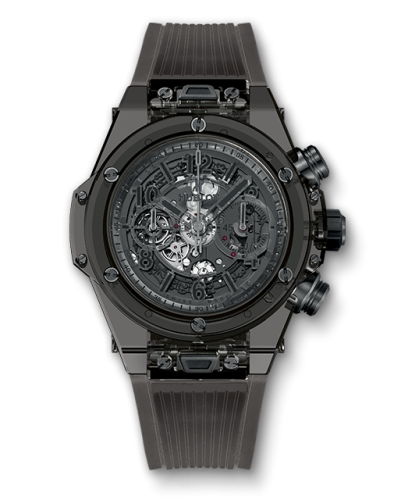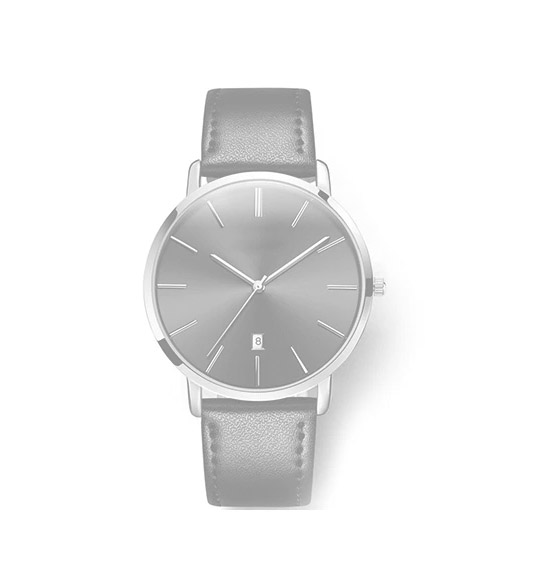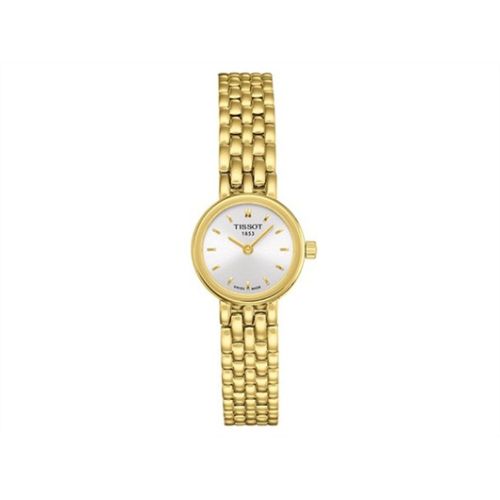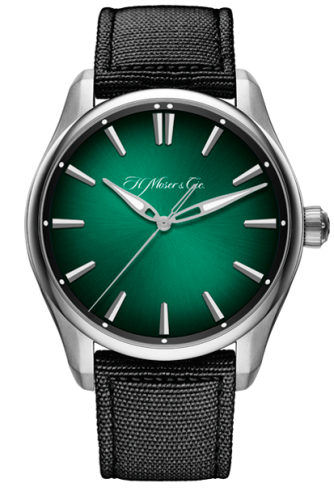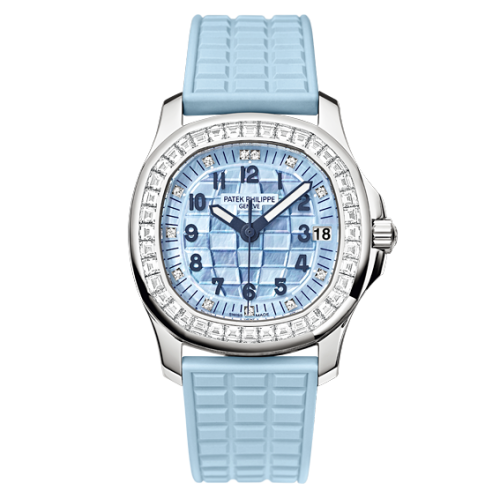
What is a tachymeter function in watches?
The tachymeter function in watches is a fascinating feature that allows wearers to measure speed over a known distance. This is particularly useful for timing events where you need to calculate speed based on time taken to cover a specific distance, such as in motorsports or other racing activities.
Typically, the tachymeter scale is inscribed on the bezel or dial of the watch, and it is calibrated to display speed in units like miles per hour or kilometers per hour. The scale consists of a series of numbers that represent the speed at which the wearer is moving, based on the time it took to travel a certain distance, often one kilometer or one mile.
To use the tachymeter function, a wearer starts by timing an event with the chronograph feature of the watch. As the event begins, the chronograph is activated, and once the predetermined distance is covered, the wearer stops the chronograph. The position of the chronograph’s second hand on the tachymeter scale indicates the average speed over that distance. For example, if you cover a mile in 60 seconds, the tachymeter will point to 60, meaning you were traveling at a speed of 60 miles per hour.
It's important to note that the tachymeter function is most accurate when the distance covered is known and is typically set at one kilometer or one mile. This means that for the function to work effectively, the timing must be precise, and the distance must be consistent.
While the tachymeter is often associated with sports watches and is a favorite among racing enthusiasts, it also serves as an elegant complication that adds to the functionality of a timepiece. Beyond its practical applications, it showcases the intricate design and engineering that goes into watchmaking. Whether you're a seasoned racer or simply appreciate the craftsmanship of a fine watch, understanding the tachymeter function can enhance your experience and appreciation for horology.




